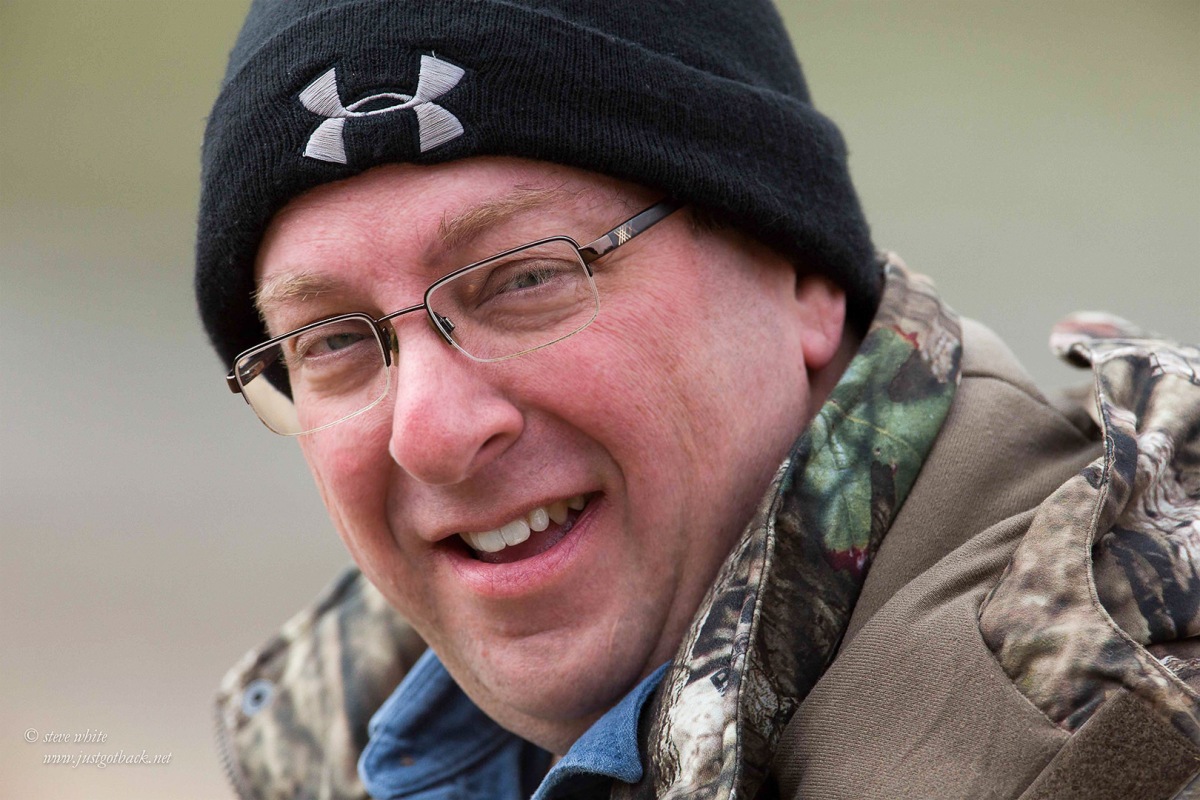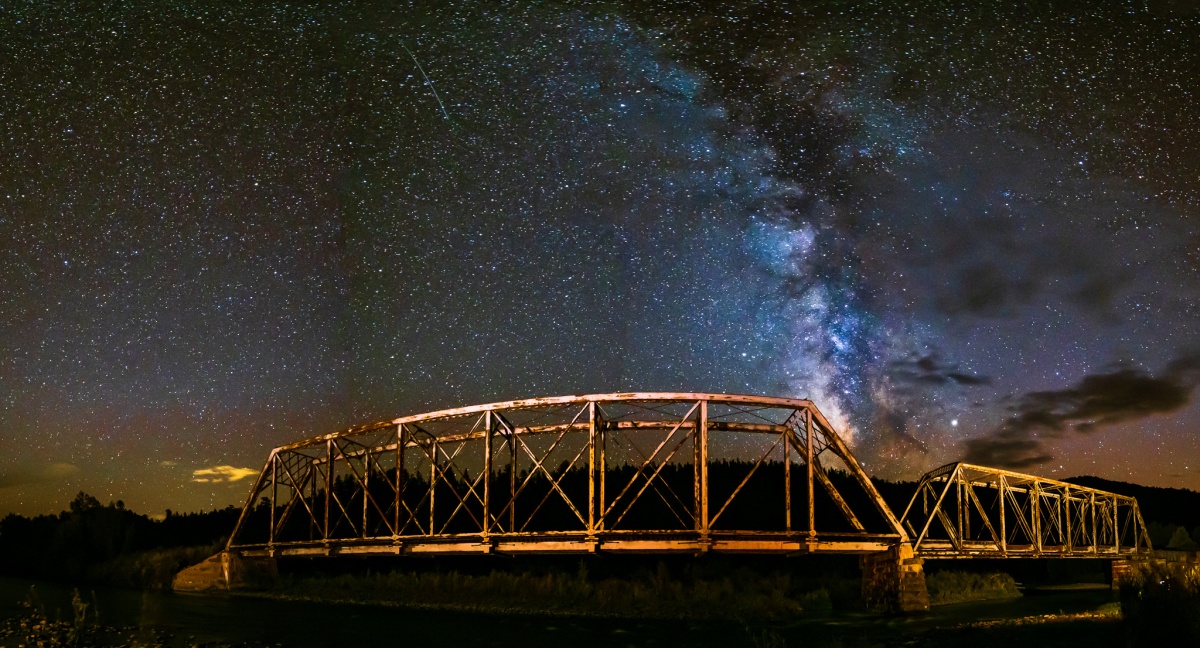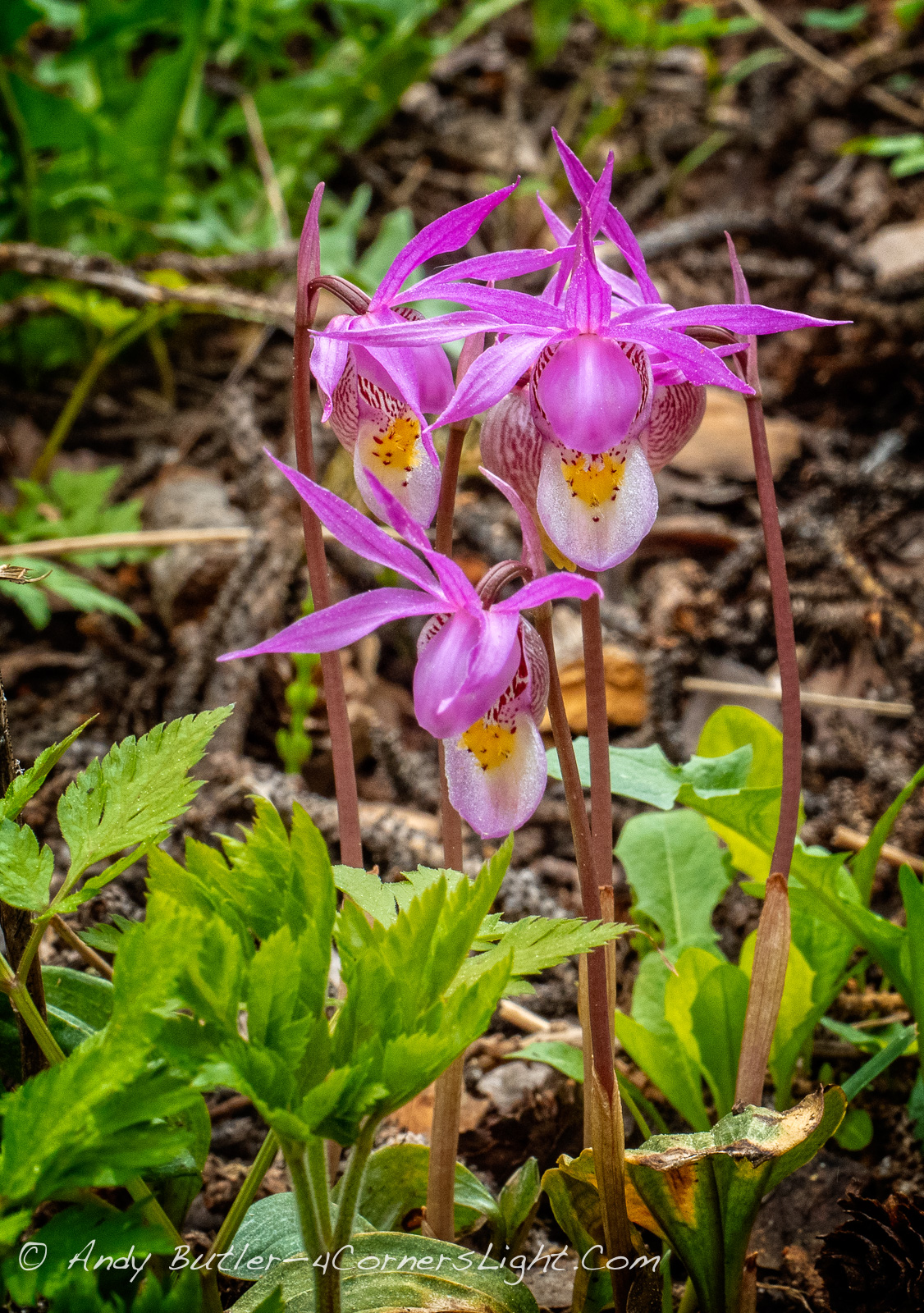The May program of the Pagosa Springs Photography Club will be held on Wednesday the 13th at 6:15 p.m, Mountain Daylight Time. This will be a virtual meeting, live on-line, using Zoom video-conferencing, consistent with Colorado’s current “safer at home” rules. You will be able to participate in the program from the comfort and safety of your own home. Our speaker will be Frank Comisar, whose topic is Expedition to Antarctica. Frank will show photos and videos of the wildlife and amazing scenery of Antarctica, taken on a recent cruise to the ice continent. Further, he will explain the logistics and daily routines of his trip, and considerations involved in planning for a cruise to Antarctica. Photography Club members will receive a Club email containing a Zoom weblink to participate in Frank’s presentation. Others who are interested in taking part may contact Club president Andy Butler for information, at abutler@mac.com.
Frank Comisar is the founder of Scenic Aperture Gallery in Durango, and is a well-known wildlife and nature photographer. Frank travels throughout North America making beautiful photographs for his Durango gallery and leading small group photography workshops emphasizing landscape and nature photography.
Influenced by a previous career in Architecture, Frank’s images are well known for artistically depicting our three-dimensional world in a two dimensional medium. Frank learned early in his architecture career that “. . . the creative process is not a destination but a journey. It is a journey that includes research, planning, timing, technical skills, creative judgment, and a bit of good luck.” Frank’s success as a photographer is founded on these principles.
The Pagosa Springs Photography Club promotes educational, social and fun interactions between any and all who enjoy making and viewing great photography. The club sponsors educational programs and outings to help photographers hone their skills, whether novices or enthusiasts. Non-members are invited to attend a meeting to learn more about the club. For membership information visit our website at https://pagosaspringsphotoclub.org/about/ .






